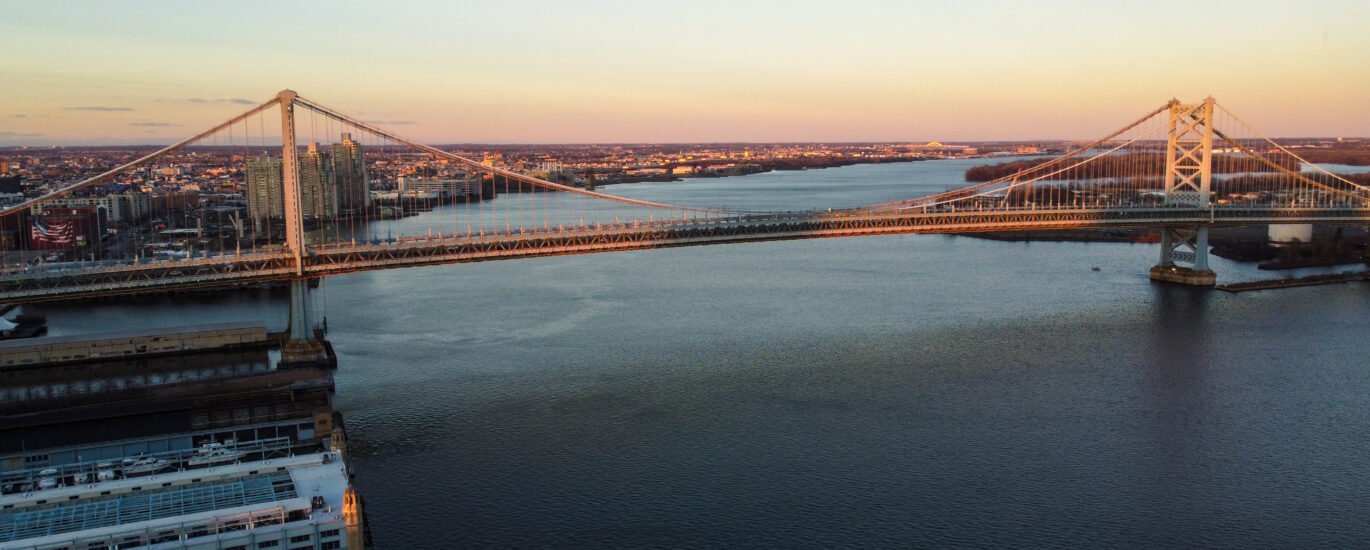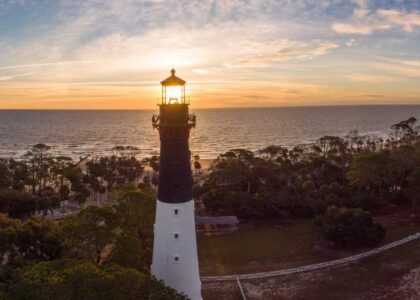As you approach the majestic span of the Benjamin Franklin Bridge, take a moment to picture the bustling cityscape of Philadelphia and Camden in the early 20th century, separated by the mighty Delaware River. This iconic suspension bridge, named after one of America’s founding fathers, has been a vital link between the two cities since its opening in 1926. Let’s delve into its fascinating history and explore the stories woven into its steel cables and towering pillars.
The bridge’s inception dates back to the early 1920s, a time when the rise of automotive travel demanded more robust infrastructure. Designed by the renowned architect Ralph Modjeski, the Benjamin Franklin Bridge was an engineering marvel of its time. When it first opened to the public on July 1, 1926, it was celebrated as the world’s longest suspension bridge, a title it held until the opening of the Ambassador Bridge in 1929.
The bridge was officially opened by President Calvin Coolidge, marking a significant moment in American history as it coincided with the 150th anniversary of the signing of the Declaration of Independence. This celebration was part of the larger Sesquicentennial Exposition held in Philadelphia, which drew visitors from across the nation.
Throughout its history, the Benjamin Franklin Bridge has witnessed numerous historical events. During World War II, for instance, it became a crucial transportation route for military supplies and personnel. The bridge’s strategic importance was underscored by the heightened security measures of the time, reminding us of its role in the broader narrative of American history.
Many notable figures have crossed its span. From politicians to artists, the bridge has been a backdrop to countless journeys. Its presence in pop culture is also significant, appearing in films and literature as a symbol of connection and progress.
Over the decades, the bridge has undergone numerous renovations to accommodate the increasing traffic and to ensure safety. Its striking blue hue was chosen during a major refurbishment in the 1980s, adding to its visual appeal and making it a beloved landmark for locals and tourists alike.
Today, the Benjamin Franklin Bridge serves not only as a vital transportation artery but also as a testament to the vision and ingenuity of its creators. Whether you’re driving across its lanes, walking or cycling along its pathways, or simply admiring its silhouette against the skyline, the bridge stands as a tribute to the enduring spirit of connectivity and innovation.
So, as you continue your journey, remember the stories of those who have crossed before you, and appreciate the bridge as both a historical monument and a living part of the urban landscape. It’s not just a passage over water; it’s a link to the past and a path to the future.





